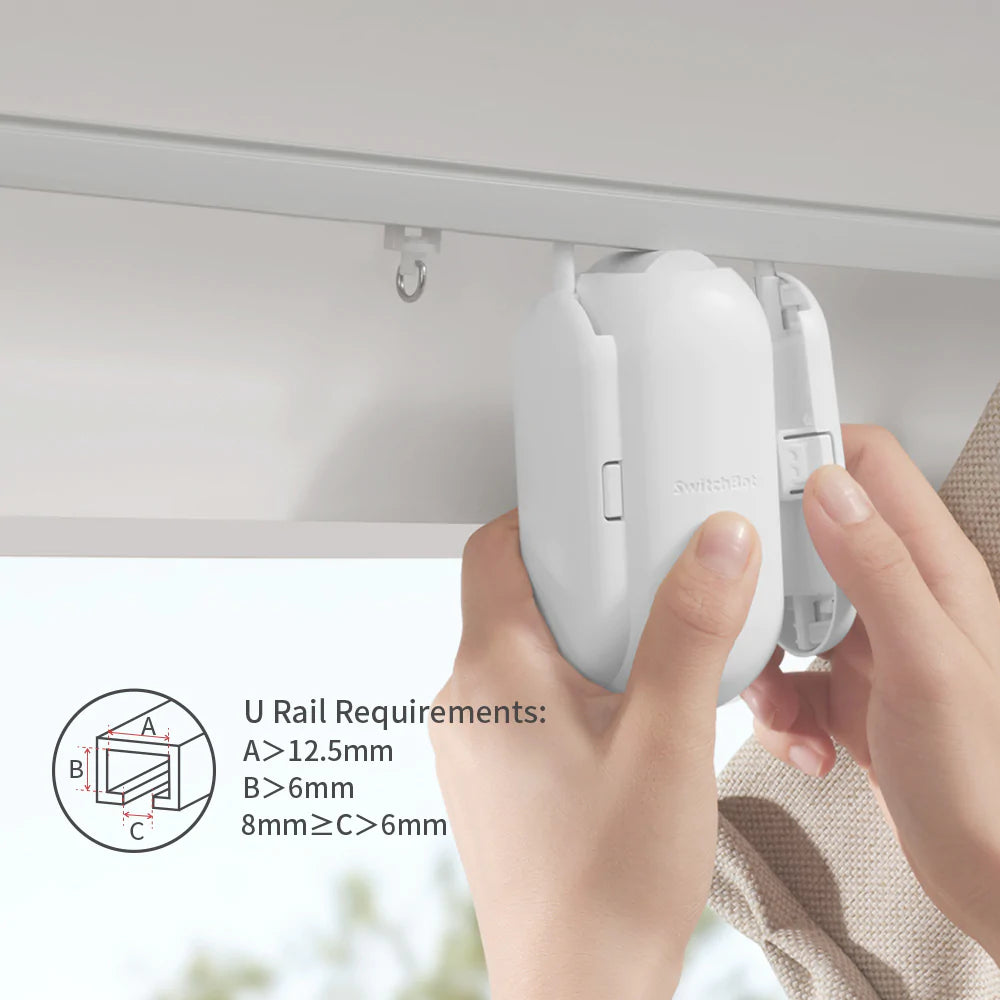Automated curtains have revolutionized the way we interact with our living spaces. With the touch of a button or a voice command, these curtains gracefully glide open or shut, adding convenience and elegance to our homes. In this article, we will delve into the fascinating world of robotic technologies behind these automated curtains, exploring the mechanisms, benefits, and future possibilities.
The Mechanisms Behind Automated Curtains
Unveiling the magic behind automated curtains requires understanding the intricate mechanisms that enable their smooth operation. These curtains are equipped with motorized systems that control their movement. The motors are usually concealed within the curtain tracks, ensuring a seamless appearance. They can be powered by electricity or batteries, providing flexibility in installation.
One of the key components of these motorized systems is the motor itself. These motors are designed to generate sufficient torque to move the curtains along the tracks. They are equipped with gears and pulleys that convert the rotational motion of the motor into linear motion, allowing the curtains to open and close smoothly.
Another crucial element is the control system. This system acts as the brain of the automated curtains, receiving commands from various input devices such as remote controls, wall switches, or even smartphone apps. It processes these commands and sends signals to the motors, dictating the desired movement of the curtains.
The Benefits of Automated Curtains
Automated curtains offer a multitude of benefits that go beyond mere convenience. One of the primary advantages is their ability to enhance home security. By programming the curtains to open and close at specific times, homeowners can create the illusion of occupancy, deterring potential burglars.
Moreover, automated curtains contribute to energy efficiency. By integrating sensors that detect sunlight and temperature, these curtains can automatically adjust their position to optimize natural light and regulate room temperature. This reduces the reliance on artificial lighting and heating, resulting in energy savings.
Additionally, automated curtains provide a solution for individuals with limited mobility. Elderly or disabled individuals can effortlessly control the curtains without the need for physical exertion, promoting independence and accessibility within their living spaces.
The Future of Robotic Curtains
As technology continues to advance, the future of robotic curtains holds exciting possibilities. One potential development is the integration of artificial intelligence (AI) into the control systems. AI algorithms can learn from user preferences and adapt the curtain movements accordingly, creating a personalized and intuitive experience.
Furthermore, the incorporation of smart home ecosystems can revolutionize the way we interact with automated curtains. Imagine a scenario where the curtains automatically adjust based on the time of day, your schedule, and even your mood. With seamless integration with other smart devices, such as voice assistants and smart lighting systems, the possibilities are endless.
It is important to note that while automated curtains offer numerous benefits, they are not without their limitations. Factors such as installation complexity, maintenance requirements, and potential technical glitches should be considered before investing in these technologies. However, with proper research and understanding, the advantages of automated curtains can outweigh these challenges.
Conclusion
Unveiling the magic behind automated curtains has allowed us to appreciate the intricate robotic technologies that power these innovative home solutions. From the mechanisms that enable smooth movement to the benefits they offer in terms of security, energy efficiency, and accessibility, automated curtains have transformed our living spaces.
As we look towards the future, the integration of AI and smart home ecosystems holds the promise of even more personalized and intuitive experiences. The possibilities are endless, and it is an exciting time to witness the evolution of robotic technologies in the realm of automated curtains.

